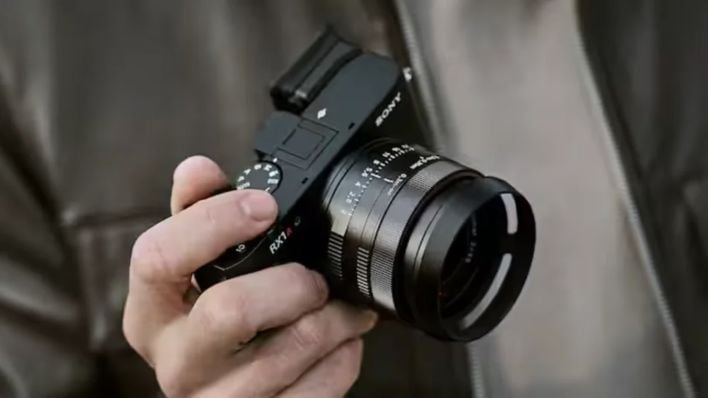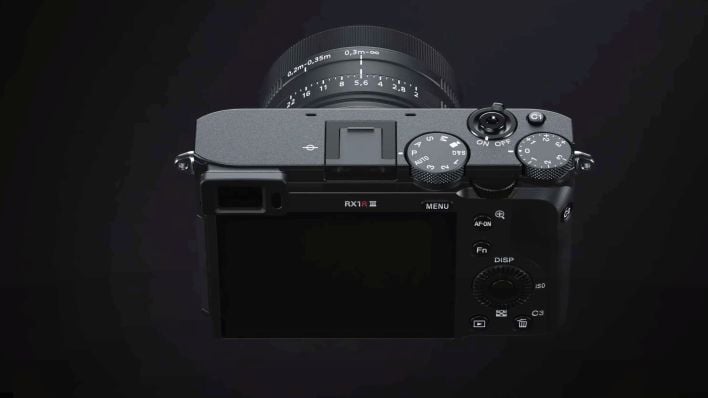Sony's 61MP RX1R III Compact Camera Returns After A Decade With Big Upgrades
Specs-wise, the RX1R III inherits some of Sony's most advanced imaging capabilities, such as the same high-resolution 61-megapixel sensor, Bionz XR processor, and AI autofocus found in the acclaimed A7R V and A7C R SLR-style mirrorless cameras. So yes, despite its compact form factor, the RX1R III could be seriously OP, offering similarly fast and accurate focusing and detailed captures.

One of the defining features of the RX1R series has always been its fixed prime lens, and the RX1R III continues this tradition. It sports the identical Zeiss 35-millimeter f/2 lens that graced its predecessor, the RX1R II. This lens has been well-reviewed for its sharpness and smooth bokeh. A welcome enhancement in the new model is a macro focusing mode, which significantly shortens the minimum focus distance from 0.35 meters to a mere 0.2m.
Nevertheless, the impressive upgrades come at a cost. The Sony RX1R III is priced at an eye-watering $5,099.99, thus representing a substantial jump from the RX1R II's launch price of $3,300 back in 2015. This pricing places the RX1R III in direct competition with premium segment cameras such as the Fujifilm GFX100RF and just shy of the already pricey Leica Q3.

While the RX1R III shines in the imaging department, it does present a few compromises typical of compact designs. Its battery life is limited to approximately 300 shots, which might require users to carry spare batteries for extended shooting sessions. The 2.36-million-dot electronic viewfinder (EVF) appears to be an older specification compared to what's available in some modern cameras, and the fixed touchscreen, lacking tilt or flip-out maneuverability, could be a turn off for content creators. It also lacks in-body image stabilization (IBIS), which is another disappointment at the steep asking price (and will make getting sharp shots a challenge without perfect technique).
Despite these points, the camera does offer a digital crop mode, allowing photographers to mimic the field of view of 50mm and 70mm lenses, producing 29MP and 15MP stills, respectively.

